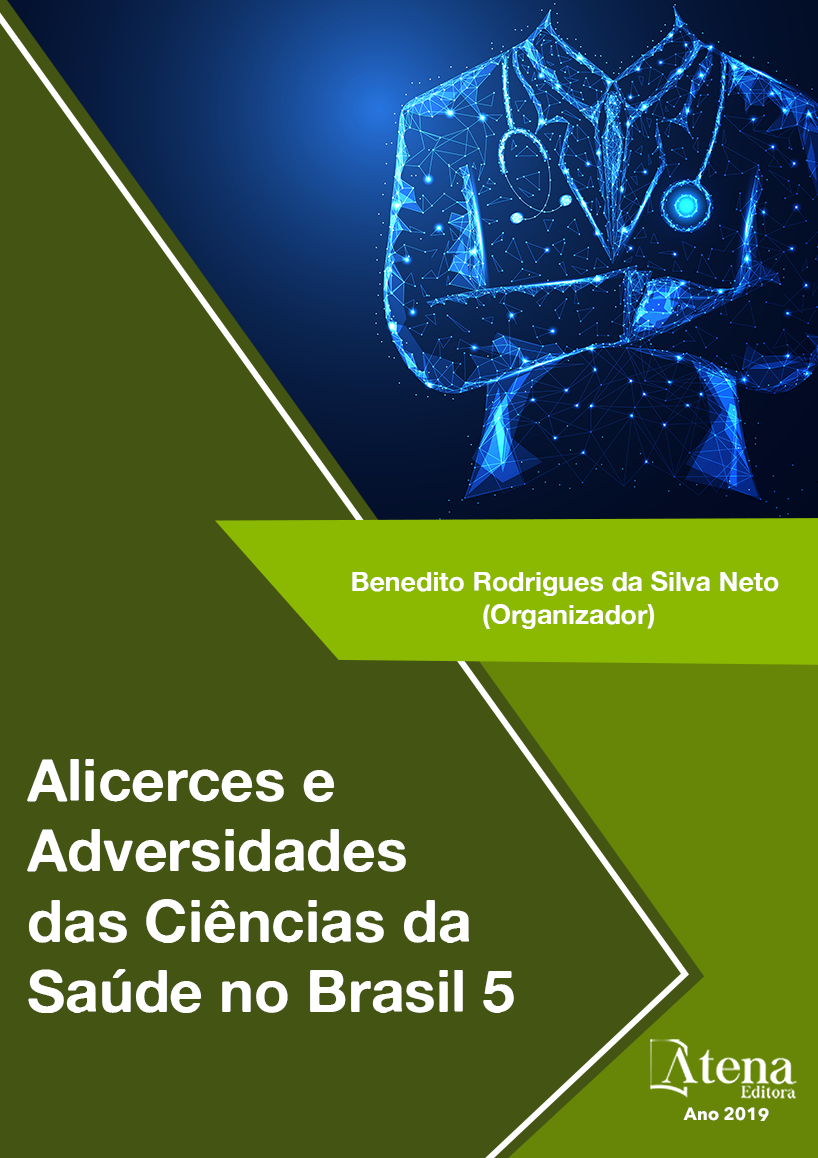
IMPLEMENTAÇÃO DE AÇÕES DE CONTROLE VETORIAL PARA Aedes aegypti E Culex quinquefasciatus EM RECIFE-PE: UM RELATO DE EXPERIÊNCIA
O presente estudo avaliou o
impacto de ações de controle integrado de
mosquitos (CIM) para Aedes aegypti e Culex
quinquefasciatus, espécies que transmitem
patógenos ao homem. As ações foram
implementadas em imóveis-alvo onde haviam
moradores classificados em grupos de risco
para arboviroses e filariose em dois bairros
do Recife-PE. Utilizamos coleta por aspiração
e iscas tóxicas açucaradas para os mosquitos
adultos, recolhimento massivo de ovos através
de armadilhas e tratamento de criadouros com
biolarvicida para as larvas em 80 imóveis (40
no bairro da Várzea - Área 1 e 40 em Nova
Descoberta - Área 2).Cada área foi subdividida
em 2 extratos: 20 imóveis sob ações simples
(S) (1 OVT; 1 BR-OVT; aspiração mensal)
e 20 imóveis de ações intensificadas (I) (2
OVT; 2 BR-OVT; aspiração quinzenal; iscas
tóxicas). O Índice de Densidade de Ovos
(IDO) e a Densidade de Adultos (DA) foram os
parâmetros entomológicos usados para avaliar
as estratégias de controle. O CIM reduziu o IDO
em 88% na Área 1 e 91% na Área 2. A DA de Ae.
aegypti na Área 1 e 2 reduziu em 89% e 91%,
respectivamente, para Cx. quinquefasciatus a
redução foi de 92% e 76% nas Áreas 1 e 2. Assim,
concluímos que o CIM reduziu a densidade
local de culicídeos em imóveis-alvo e as ações
intensificadas foram capazes de remover mais
mosquitos do ambiente. Recomendamos o uso
de ações intensificadas em períodos favoráveis
as elevadas densidades desses insetos e em
fases iniciais de programas de controle.
IMPLEMENTAÇÃO DE AÇÕES DE CONTROLE VETORIAL PARA Aedes aegypti E Culex quinquefasciatus EM RECIFE-PE: UM RELATO DE EXPERIÊNCIA
-
DOI: 10.22533/at.ed. 74419021019
-
Palavras-chave: Armadilhas de Oviposição, Culicídeos Vetores, Vigilância Entomológica.
-
Keywords: Oviposition traps, Culicidae Vectors, Entomological Surveillance.
-
Abstract:
The present study evaluated the impact of integrated mosquito control
(CIM) actions on Aedes aegypti and Culex quinquefasciatus, species that transmit
pathogens to humans. The actions were implemented in target properties where in
habitant were classified into risk groups for arboviruses and filariasis in two Recife-
PE neighborhoods. We used aspiration collection and sugary toxic baits for adult
mosquitoes, massive egg collection through traps and treatment of breeding sites
with larvae in 80 dwellings (40 in the Várzea neighborhood - Area 1 and 40 in Nova
Descoberta - Area 2). Each area was subdivided into 2 extracts: 20 households under
simple actions (S) (1 OVT, 1 BR-OVT, monthly aspiration) and 20 households under
intensifiedactions (I) (2 OVT, 2 BR-OVT, biweekly aspiration, toxic baits). The Egg
Density Index (EDI) and Adult Density (AD) were the entomological parameters used
to evaluate the control strategies. The CIM reduced the EDI by 88% in Area 1 and
91% in Area 2. The AD of Ae. aegypti in Areas 1 and 2 reduced by 89% and 91%,
respectively, for Cx. quinquefasciatus the reduction was 92% and 76% in Areas 1 and
2. Thus, we concluded that the CIM reduced the local density of Culicidae in target
properties and that the intensified actions were able to remove more mosquitoes from
the environment. We recommend the use of intensified actions in periods favorable to
the high densities of these insects and in the early stages of control programs.
-
Número de páginas: 15
- Danielle Cristina Tenório Varjal Melo


